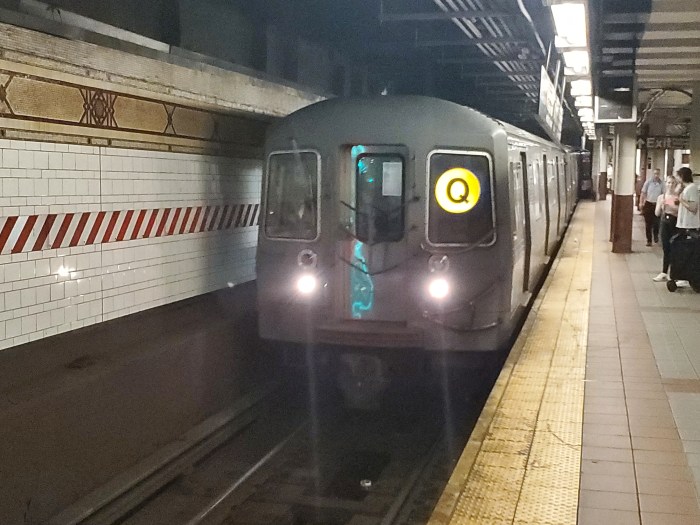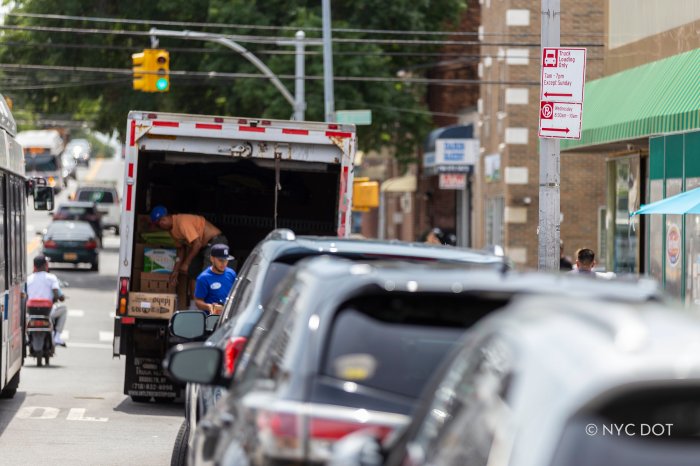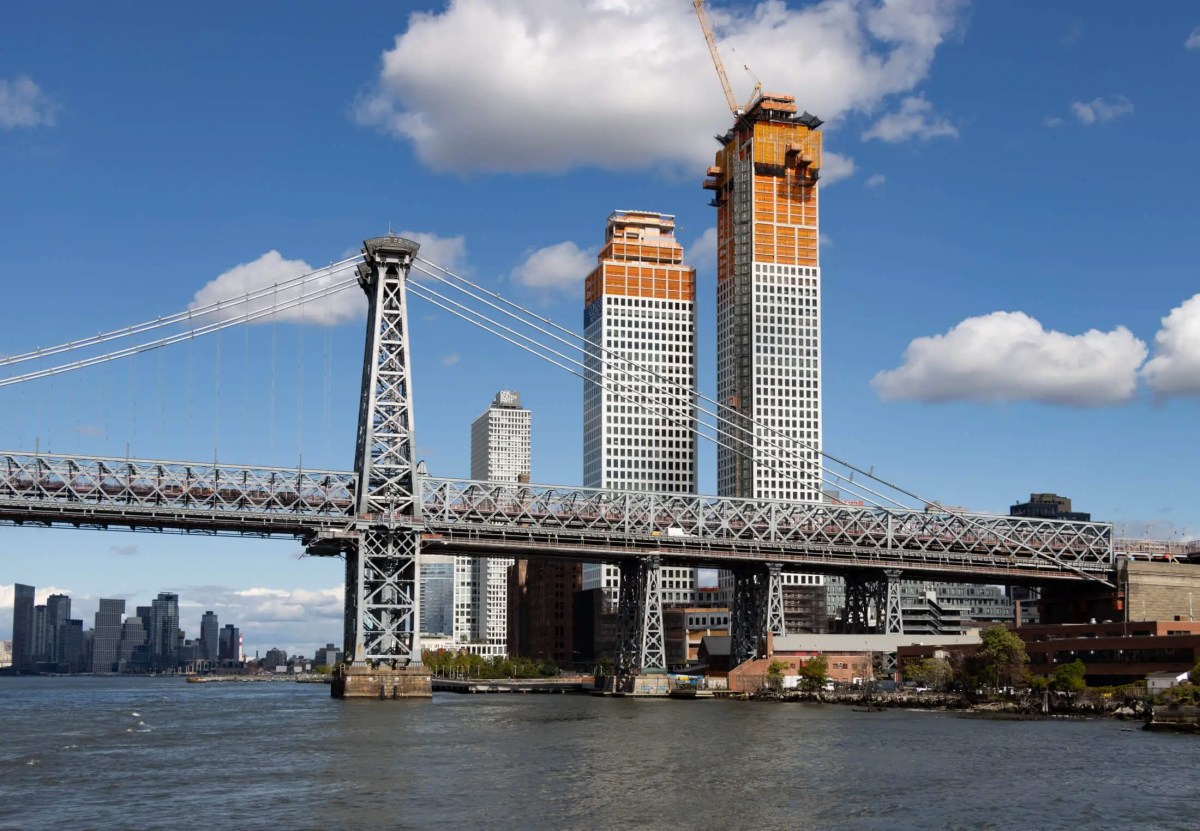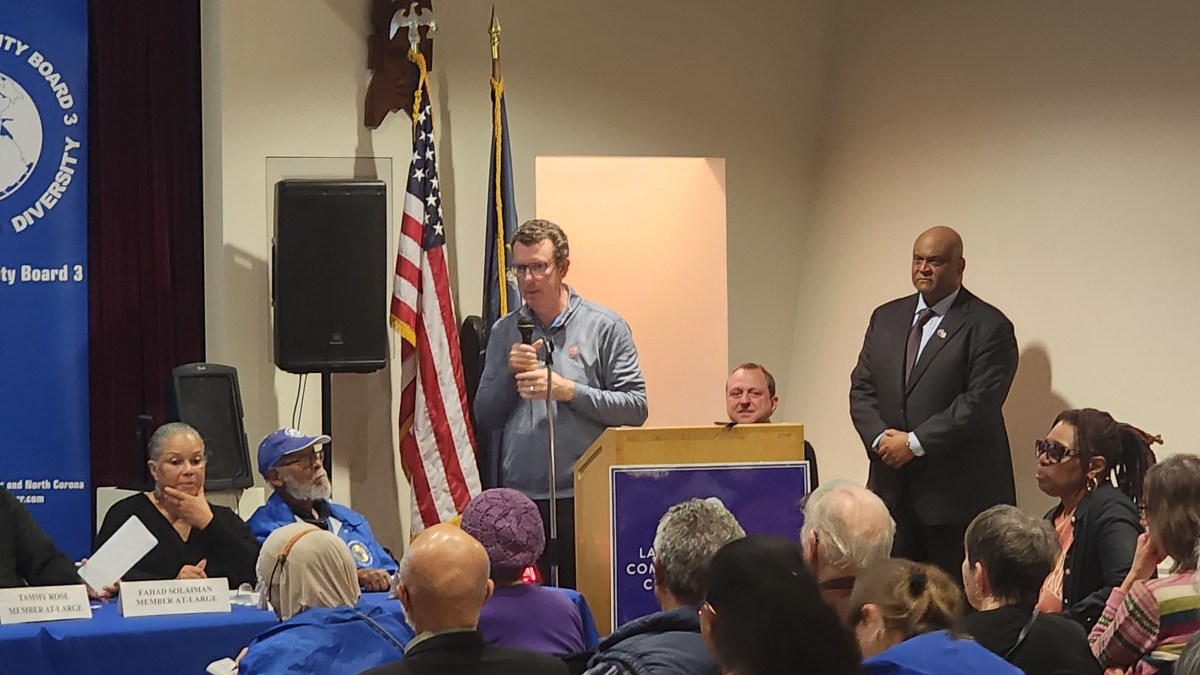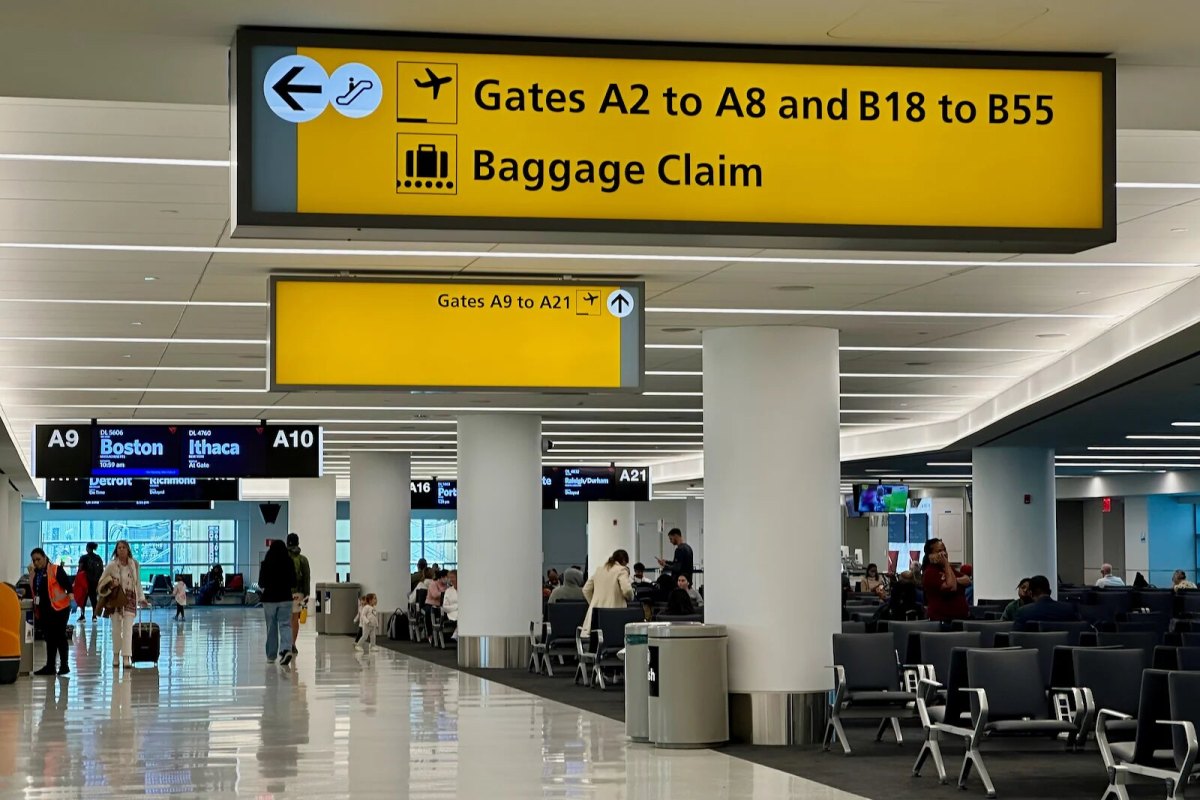The surge of riders packing themselves onto crowded trains may force the MTA to give overtime to platforms conductors who get trains moving faster.
MTA chief Tom Prendergast likened the heavy ridership — cracking six million riders a day 12 times in September and October — to a pot of boiling water about to bubble up to the rim.
“If you let it go uncontrolled, it all spills out,” Prendergast said Wednesday. “As you start to see that happen, you have to start taking actions in the form of deployment of personnel.”
Subway platform conductors, who have been usually deployed for events like the Macy’s fireworks display or weekend service changes, can get passengers onto cars quicker, so trains can get out of the station faster.
“What affects the headway” — the time between trains arriving at a station — “is how much time a train stays in a station and dwells,” he said.
The workers would generally be put in areas with high ridership and little time between trains, like at the Lexington Avenue and Queens Boulevard lines, according to Prendergast.
Modernizing the signal system is a long-term way to get more trains on the track because of cost and service disruptions needed for the job. But in the meantime, Prendergast said he might have to resort to giving out overtime to cut down dwell times, but would not offer how much money that will cost the MTA.
“The first thing you try to do is get those dwell times back in line with what the schedule calls for,” Prendergast said.
Joe Costales, Transport Workers Union Local 100’s conductor-tower division chair, said these workers will stop riders from trying to cram into a subway car, sticking a limb or a bag in the door at the last moment and signal to the conductor that the train can start rolling. Otherwise, he said, “it becomes a Conga line.”
Costales said he welcomes overtime for employees, but said the MTA should hire more workers. Prendergast, however, said it’s cheaper to use overtime to fill a temporary need for more personnel.




